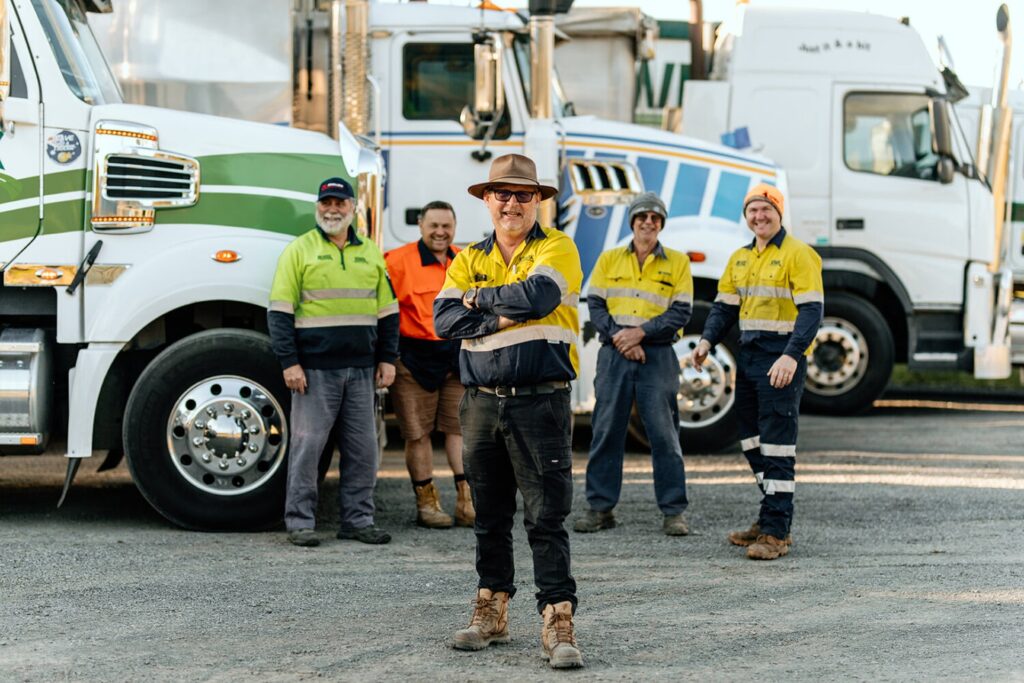As Donald Trump’s second term approaches, his administration is expected to shape policies that significantly impact the trucking industry. This article examines potential changes in regulations, environmental standards, tariffs, and the broader implications for trucking businesses.
1. Rollback of Environmental Regulations
Trump’s administration is likely to focus on loosening environmental regulations, reducing the costs associated with emissions compliance. Here’s how this could play out:- Greenhouse Gas Standards: The administration may roll back the stringent greenhouse gas emissions standards set by the previous administration, particularly Phase 3 GHG standards, which impact heavy-duty trucks. The removal of these requirements could reduce equipment costs but may face opposition from environmental advocates and certain state regulators.
- California’s Influence: Some states, like California, may continue enforcing their emissions standards, such as those set by the California Air Resources Board (CARB). This could lead to a fragmented regulatory landscape, where fleets operating across state lines need to navigate different standards.
2. Tariff Policies to Boost Domestic Freight Demand
Trump’s commitment to raising tariffs, especially on Chinese imports, could bring both challenges and opportunities:- Increased Tariffs: Trump proposes tariffs as high as 20% on Chinese imports and other international goods. Higher import taxes could stimulate domestic manufacturing and potentially increase demand for U.S. goods transportation.
- Impact on Freight Movement: Elevated tariffs could encourage businesses to shift to U.S.-based suppliers, increasing domestic freight demand. However, nearshoring to nearby countries could also benefit cross-border trucking, especially along the U.S.-Mexico corridor.

3. Labor and Workforce Dynamics in Trucking
Trump’s administration may seek to relax labor regulations, impacting the independent contractor model in trucking. Key points include:- Independent Contractor Model: The administration could prioritize pro-business labor policies, potentially favoring independent contractor status. This may appeal to fleets that rely on owner-operators, helping to reduce employment-related costs.
- Driver Shortage: Changes to labor policies may also impact driver recruitment and retention, especially if regulatory flexibility improves employment conditions within the industry.
4. Truck Electrification and Technology
The electrification of trucks could face a slower adoption curve under Trump’s administration, given potential shifts in incentives and regulatory pressures. However, U.S. truck manufacturers are unlikely to abandon electrification altogether due to global commitments to sustainability.- Incentives and Market Dynamics: The administration may reduce incentives for electric truck purchases, potentially stalling growth in this area. Yet, larger manufacturers aiming for carbon neutrality by 2040 are likely to continue advancing these technologies.
- Technological Innovations in Autonomy and Safety: Trump’s stance on technology policy may influence investment in automation and safety improvements within trucking. A focus on deregulation may encourage innovation, especially in autonomous driving, as companies invest in technologies that enhance efficiency and reduce operational costs.
Conclusion
A Trump administration’s policies would likely bring changes aimed at reducing regulatory burdens on the trucking industry while encouraging domestic growth. Fleets may benefit from reduced equipment and compliance costs, though they could also face challenges related to the uneven implementation of state-level standards and potential changes in labor dynamics. As these developments unfold, trucking companies must stay informed and agile, adapting to the evolving regulatory and economic landscape.




